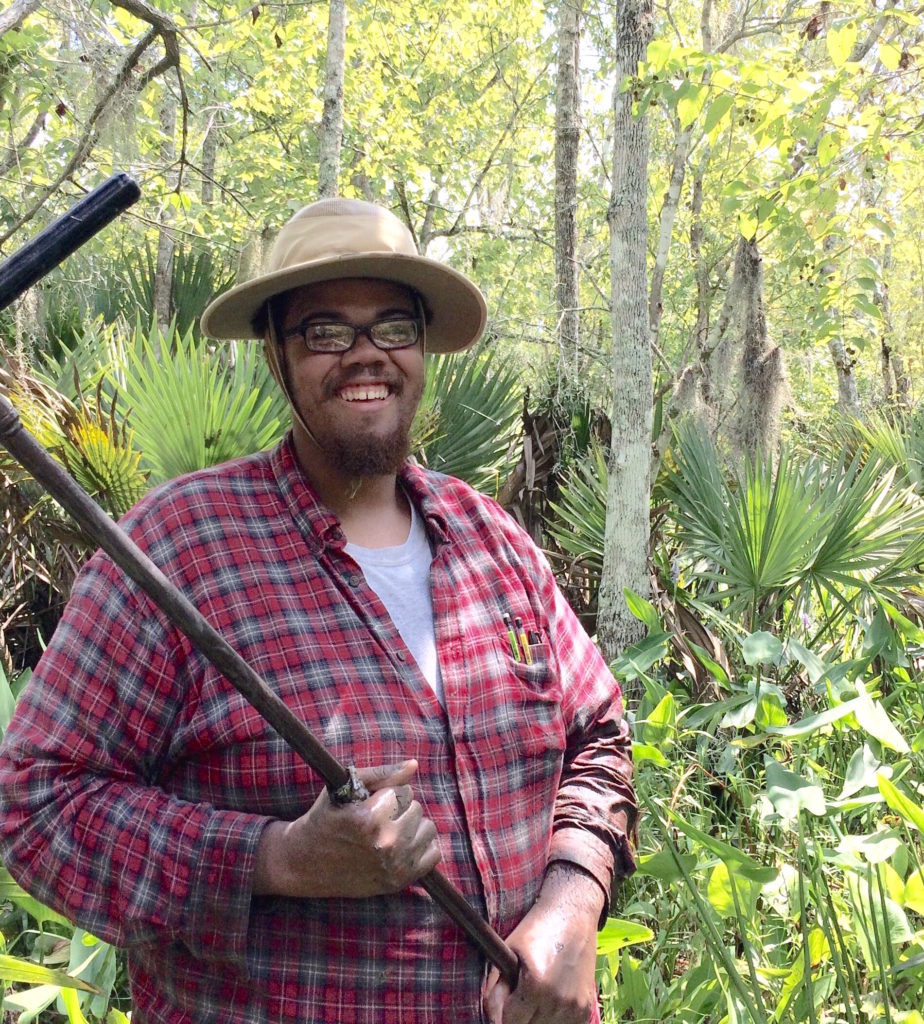
Ph.D. Candidate, University of Florida
2018 Conference Travel Grant Type 2 (Society of Wetland Scientists)
Saltwater Intrusion as a Driver in Diverging Community Structure of Riverine Floodplain Forest
“A study was conducted on the floodplain forest of the Lower Suwannee River in Florida during the mid-1990s. This purpose of this study was to understand the hydrologic requirements needed to maintain the current community structure in these systems. As part of the study the researchers recorded diameter at breast height (DBH), species, and location of every tree with a DBH of 10 cm or greater. Using these data we were able revisit two of the 13 original transects to see how the forest had changed. If the same trees were able to be relocated we took a DBH measurement. If the tree was unable to be located it was presumed dead. The two transects were separated by 30 river kilometers (rkm) with the upstream (US) and downstream (DS) sites located 40 and 10 rkm of the mouth, respectively. This means that the sites should be experience all of the same regional drivers and any differences between them can be attributed to site specific drivers.
Results from our resurvey indicate that the two sites are starting to diverge. These differences are best characterized by looking at change in DBH and recruitment at each site. The US site saw a nine centimeter increase in average DBH over 20 years whereas the DS site saw a two centimeter increase. The range of DBH at each site stayed relatively the same over time, however the distribution has changed. At US the first 50% of the trees, from smallest to largest, went from having a DBH from 10-24 cm in the original survey to 10-34 cm in the revisit. The story at DS is less dramatic. The first 50% of trees went from being 10-19 cm DBH in the original study to 10-24 cm. However this is misleading because there were no trees in the 10-14 size class. A t-test of DBHs between the original sites and the revisits also show that the sites are becoming more different. The original sites produced a p-value of 9.53E-07 while the revisits produced a p-value of 2.79E-13, p<0.05. The only noticeable driver of change at each site is salinity. Groundwater salinity wells have been installed to monitor both sites in the hopes of elucidating the differences in growth patterns.”
